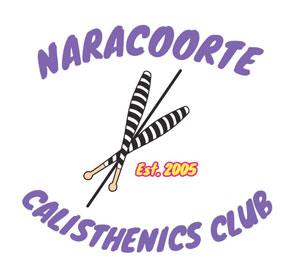Yabbies are on the move

Yabbies are on the move in big numbers in the local area.
Cockatoo Lake, Naracoorte Creek and Edenhope’s Lake Wallace are just a few of the spots where enthusiasts are reporting large hauls, but as the weather continues to warm up there will no doubt be many more.
With yabbying season upon us, let’s get the facts straight and dispel a few myths:
- Yabbies are not a protected species and can be kept as pets.
- Yabbies “moult” several times during their lifespan, shedding their old shell to allow them to expand in size. The colour of the new shell reflects the quality of the water the shell develops in.
- Yabbies come in a range of different colours, and despite some people thinking the darker they are, the older they are, that’s not true. Those living in clean, clear water will be bluer or greenish to match their surroundings, while those living in muddy or dirty waters are a brownish or darker color.
- A female can lay anywhere from 100 to 1000 eggs at once. She carries those eggs under her curved tail for up to 40 days.
- Yabbies are detritivores, meaning scavengers. They'll eat anything and everything they find, including dead animals, dead plants, decomposing algae and anything else they find at the bottom of the waterway.
- The perfect bait? There are many options, from liver, chicken necks and fresh fish, to vegetables and even soap. Raw meat is the bait of choice for most people.
- The jury is still out on the debate about whether the yabbies actually eat the bait offered, or they are attempting to remove it from their area. Most commentators believe they eat it, but some stand by their claim that yabbies are clean freaks who don’t want smelly material in their living area.
- The basic rule is that yabbies can be caught in any month which has an “r” (September-April), but they may also be present in the months before and after this period.
- Yabbies are happier and reproduce better in warmer water during summer months, but they can survive in very cold water. When the temperature gets below a certain point, they go into semi-hibernation.
- Yabbies occasionally reach up to 30cm (12 inches) in length, but are more commonly 10-20 cm (4-8 inches) long.
- To cook yabbies, drop them in a pot of boiling water and leave them for 5-7 minutes or until they turn orange and float. Put them on ice to cool, peel and eat.
PIRSA has issued the following guidelines regarding fishing limits:
- There is no size limit
- Personal daily bag limit is 200
- Daily boat limit when 3 or more people are on board is 600
- Restrictions - Female yabbies carrying eggs are totally protected and must be returned to the water immediately.
For more information visit:















